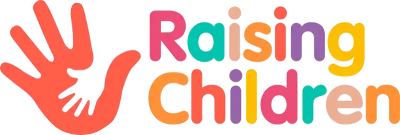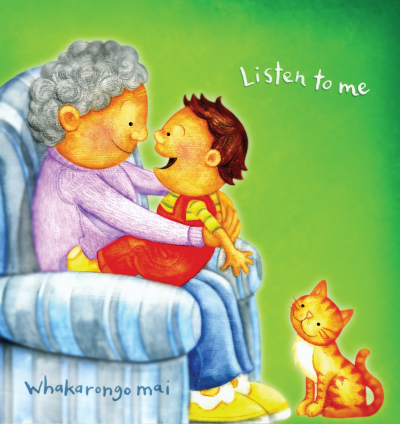
Reading a baby's cues
A baby’s cues are their way of communicating how they’re feeling, and what they may need from the adults around them. By watching and listening carefully to their baby, parents can start to learn their baby’s language.
On this page
A baby’s cues can be hard to read, but with careful observation, practice and support, parents will begin to understand what their baby’s cues are signalling and how they can meet their needs.
Pēpi usually knows what they want – it's just getting that message across to others can be hard for them. Baby will often cry if other signals haven’t worked.
Crying is an obvious message that pēpi needs something. Parents may feel confused or anxious when their baby cries – especially when they can’t calm their upset baby.
When baby is new, deciding what their need is can be challenging for parents. For example, when a baby squirms or arches their back, they might be in pain, but it also might mean they’re overstimulated and need a break.
When parents get to know what their baby is signalling with their sounds, facial expressions and body movements, they're more able to respond to baby’s needs. This process builds the all-important attachment relationship between them and their new baby.
Cues to watch for
Sometimes parents can mistake every cue from baby as hunger, but there are times when baby has just had enough stimulation and needs a break, or they’re saying, "Hey, notice me. I want to play!"
Remember, observation and practice help parents understand how to respond to their baby’s cues.
Cues for attention
When a young baby wants to connect, talk, be held, or play, they may:
- smile, coo, and reach towards the person caring for them
- have hands uncurled and open
- babble
- have a wide-eyed and bright expression, with eyebrows raised
- lift their head
- move smoothly rather than jerkily
- stop moving and gaze at your face
- turn their eyes or head towards you.
Cues for overstimulation
When a young baby needs a break or a rest, they may:
- look or pull away
- put a hand behind their head or to their ear or mouth
- put their hand up as if to say please stop
- arch their back as if they’re trying to get away
- press their lips together
- fall asleep
- breathe more quickly
- cough
- cry and fuss
- frown
- have a dull expression on their face
- hiccup
- show changes in skin colour
- spit up
- squirm or kick
- turn their head away
- yawn.
Cues for hunger
When a young baby is hungry, they may:
- smack or lick their lips
- coo
- lift their head
- suck on whatever is handy, including your neck
- root round on the chest of whoever is holding them
- have their arms crossed over their chest and hands curled into a fist – when a baby is full, their
- arms become relaxed and their fists uncurl
- cry
- give short, low-pitched cries
- be active or fussy.
When a young baby has had enough to drink, they may:
- put their arms down by their sides
- spit up
- yawn
- show changes in skin colour
- open and relax their hands.
Conversation ideas
Helpful resources for whānau
-

Raising Children New Zealand
Website and app with lots of advice and parenting inspiration.












